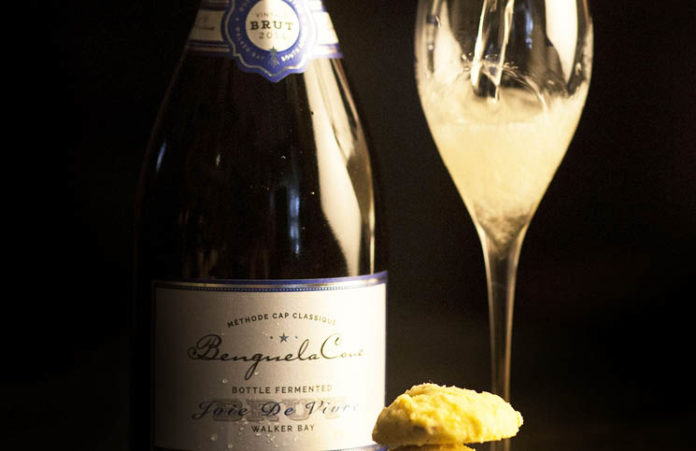
“I get plums … red maraschino cherries … nuances of English leather with a hint of mocha…” And I am getting bored, was my first reaction in my teens when I overheard the wine jargon my parents used. Perpetuated by their friends on Saturdays who would plunge their noses into balloon-shaped glasses … now and again coming up for air with another string of adjectives.
The wine I consumed as a student communicated nothing more than grapy deliciousness poured between friends. Little wine whiskers on the corners of my mouth were the only incriminating evidence that I was not at that proposed study group.
But an intense interest was sparked when I started to travel the world; when my senses were awakened to new flavours and aromas. Not only did this broaden my perceptions, but the exposure also nudged the memories of more familiar smells that were a part of my world growing up. All of a sudden, smelling the rain coming down on a dirt road in Hungary created a longing with a familiar smell that evoked a sense of nostalgia. There, in a small town outside Budapest, I would remember our July holiday when we visited the Karoo farm. Today, that pleasant smell that accompanies the first rain after a long dry period is called petrichor – often associated with an excellent Sauvignon Blanc.
Smell in a nutshell – The day we as human beings developed the ability to walk, we sacrificed an intrinsic ability to smell in return for a better depth of field to become better hunters. Suddenly we didn’t have to depend on our olfactory ability for survival anymore. Centuries later, animals still possess up to 300 million olfactory receptors in their noses compared to us having about 6 million.
That being said, the culture of food and wine pairing have become a vital sport or form of entertainment despite our shortcomings. When you smell something, the aromas are transmitted by the cranial nerves and olfactory sphere that forms part of the emotional centre of the brain where the smell is processed. Smells are closely associated with memory and the emotions attached to those memories. It is this same frame of reference that is applied when you are tasting wine.
Sensation versus perception – Wine 101 requires the basic understanding between sensation and knowledge to add a method to all this aromas madness, or at least to create some platform from which we can form these judgments.
Sensation refers to the process of sensing our environment. One becomes aware of the aroma of wine when the molecules floating on the surface of the wine comes into contact with millions of receptor cells. It forms an electric and chemical reaction transmitting a nerve impulse to the brain. The sensation is there for a passive, physiological process that applies to everyone.
Perception is the way we interpret these sensations. It is a personal experience and an emotional interpretation of that sensation. It is an active and intellectual process that follows on sensation, requiring higher levels of consciousness. It is connected to memory and images associated with that. Your brain analyses these aromas based on personal experiences.
Tasting professionally – Professional wine tasters need a lot of training to add structure and apply a more systematic tasting approach. This training teaches you to find the clues, draw the correct conclusions, and to communicate these quintessential characteristics of a specific wine as objectively and thoroughly as possible. Wine is alive and complex, and the aromas alone can be derived from a combination of grape cultivar, soil, climate, oak regime, and the oxidation that occurs in your glass.
But we all need to build a vocabulary of smells and aromas when we cook, travel, dine out, or go for a walk in the mountains. Nature has all these little libraries of smells that can help you in your pursuit to become a good taster. And trust me; it is fun and a continuous learning process.
Article by Samarie Smith – A certified wine taster and judge, brand manager for Benguela Cove.

